Onions are almost essential to cooking delicious food. They add a complex flavor to recipes that can either be sweet or savory. Grilled, caramelized, deep-fried, thin- or thick-sliced and even raw, the onion is an extremely versatile ingredient. Onions are alliums, which is a family of plants that also includes kitchen staples like garlic and chives!
The problem for many home cooks is that there are so many different types of onions that deciding which one is best to use in various situations can be tricky. Which onions are the spiciest? Which are the best left raw? What kind goes well in a cocktail?
These are all excellent questions that we’re going to finally put to rest! Here are 10 different types of onions and how best to use them in your cooking:
Shallots
OK, we’re kind of cheating here, as shallots are not actually onions, although they are from the allium family. Think of them like onion cousins! These small, pale-purple vegetables offer a slightly garlicky flavor and are best used vinaigrettes, dressings and sauces, as well as in Asian cuisine, such as curries and noodle dishes. Shallots are also ideal when roasted under whole chickens or hunks of meat.

Scallions
Also known as green onions, these long, thin veggies are sold in bunches. Sweet and mild, they can be left raw or cooked, depending on the usage, and can also be used as a garnish when chopped. They are best used in Asian dishes, such as stir fries, grilled teriyaki meats, ramen or any savory or braised dish that needs a hint of freshness added to it. Scallion pancakes are also a tasty meal that come from the Chinese culinary tradition!

Sweet Onions
The sweet, yellow onion is crispy and mild, despite making your eyes tear up like none other. Vidalia onions, for example, are great eaten raw, chopped up in tomato salads or in rings on top of a burger. If you’re looking to add sweetness to a dish, caramelize them. These bad boys are also ideal for making onion rings.
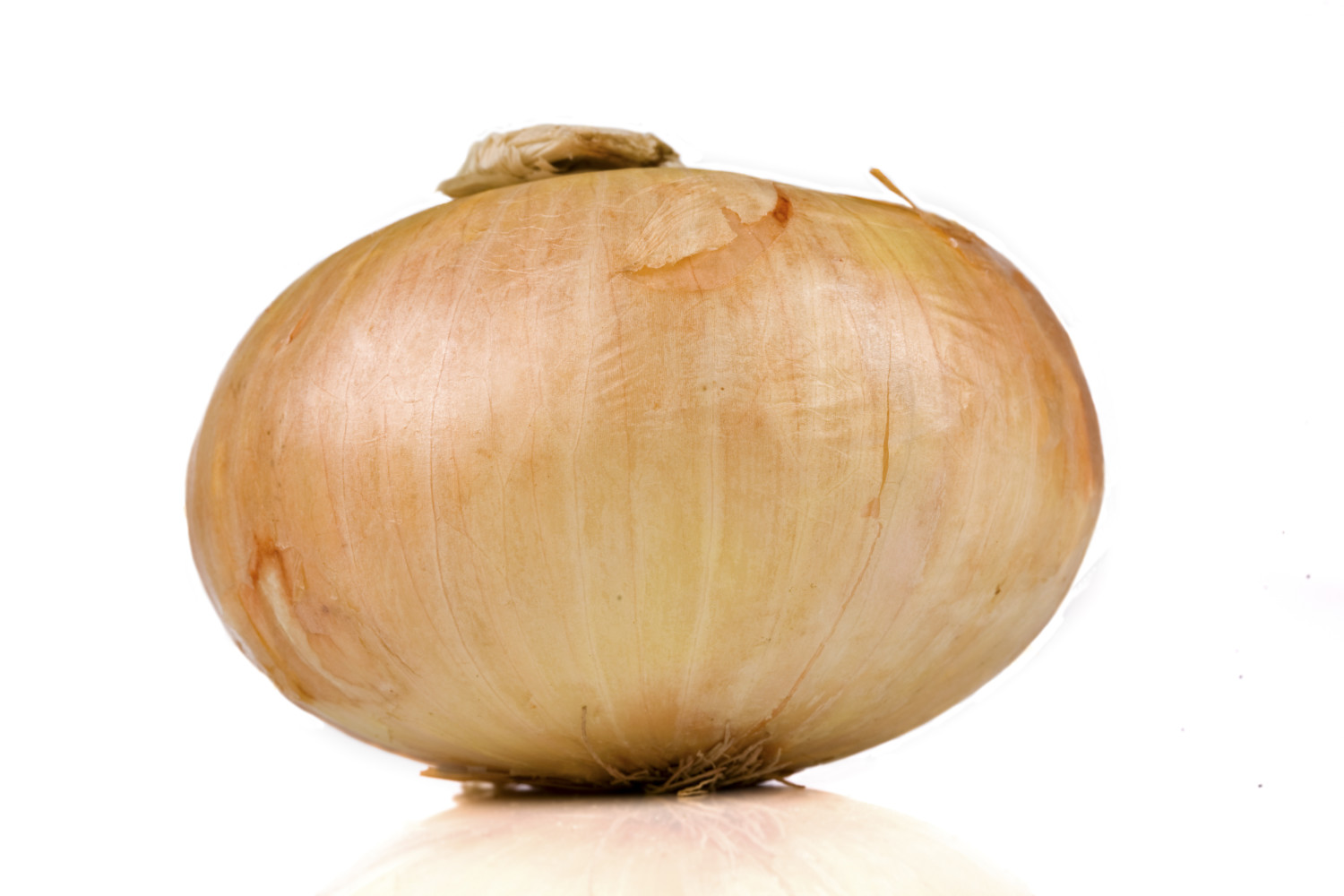
Leeks
Leeks may look like overgrown scallions, but they’re totally different plants. Another way they’re unlike scallions: you don’t want eat them raw. Rather, slice them into thin rings and cook them down in soups or a stir fry, or grill them, or sautee them and add them to pasta or grains. There are a lot of ways to cook with leeks!
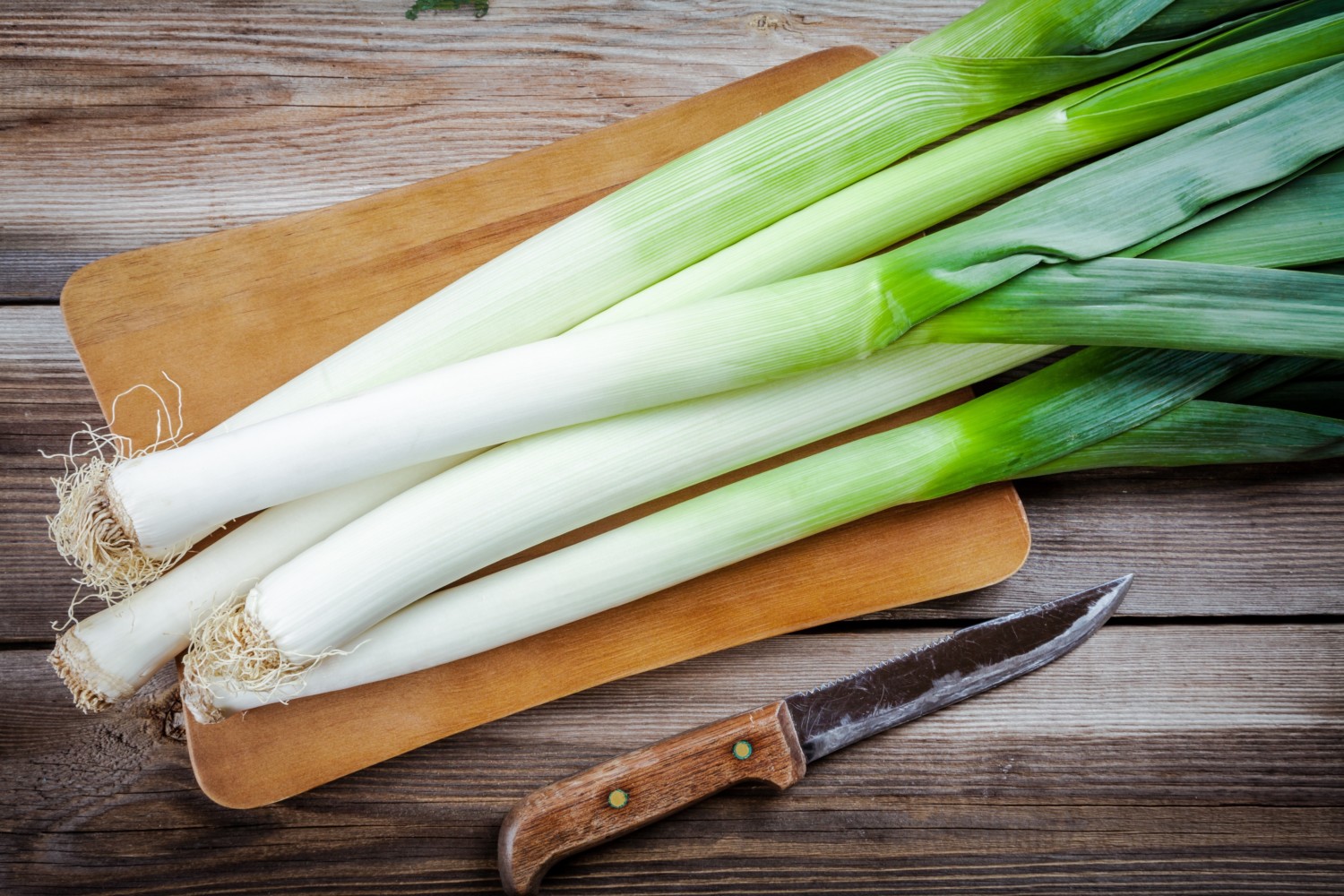
Maui Onions
This sweet variety is similar to Vidalias and hails from the Hawaiian island of Maui — hence the name. These are water-filled and juicy, garnering their flavor from Maui’s red volcanic soil. They taste great raw in salads, relishes or caramelized. They can also be used as onion rings, marinated or grilled, and they’re great with poke.
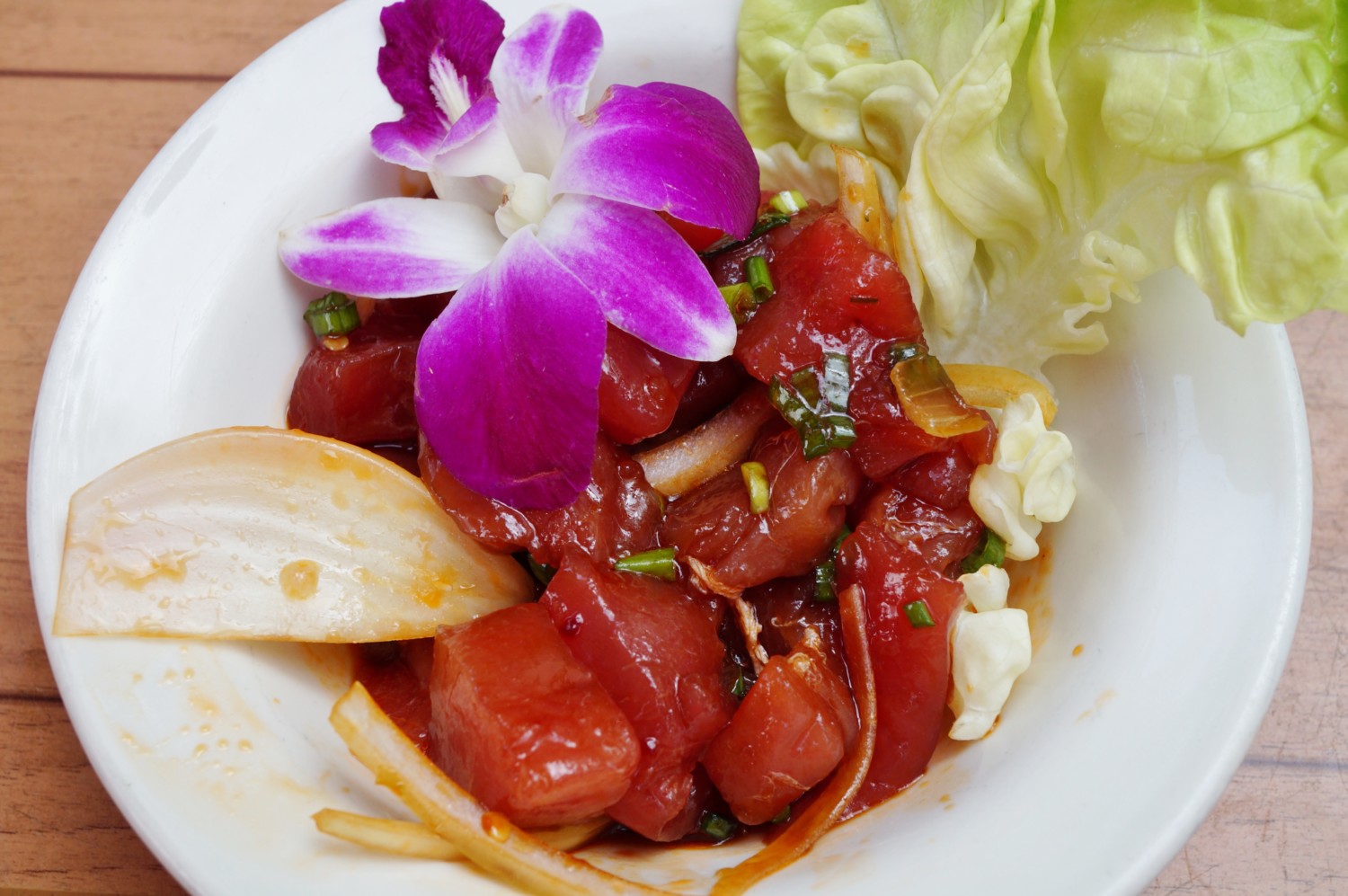
Pearl Onions
This mild, sweet onion is excellent for pickling. After they’re pickled, place them in your martini or Gibson cocktail (a more savory version of a martini) for a treat. Pearl onions also good for roasting or added whole to a stew, casserole or gravy as it cooks.
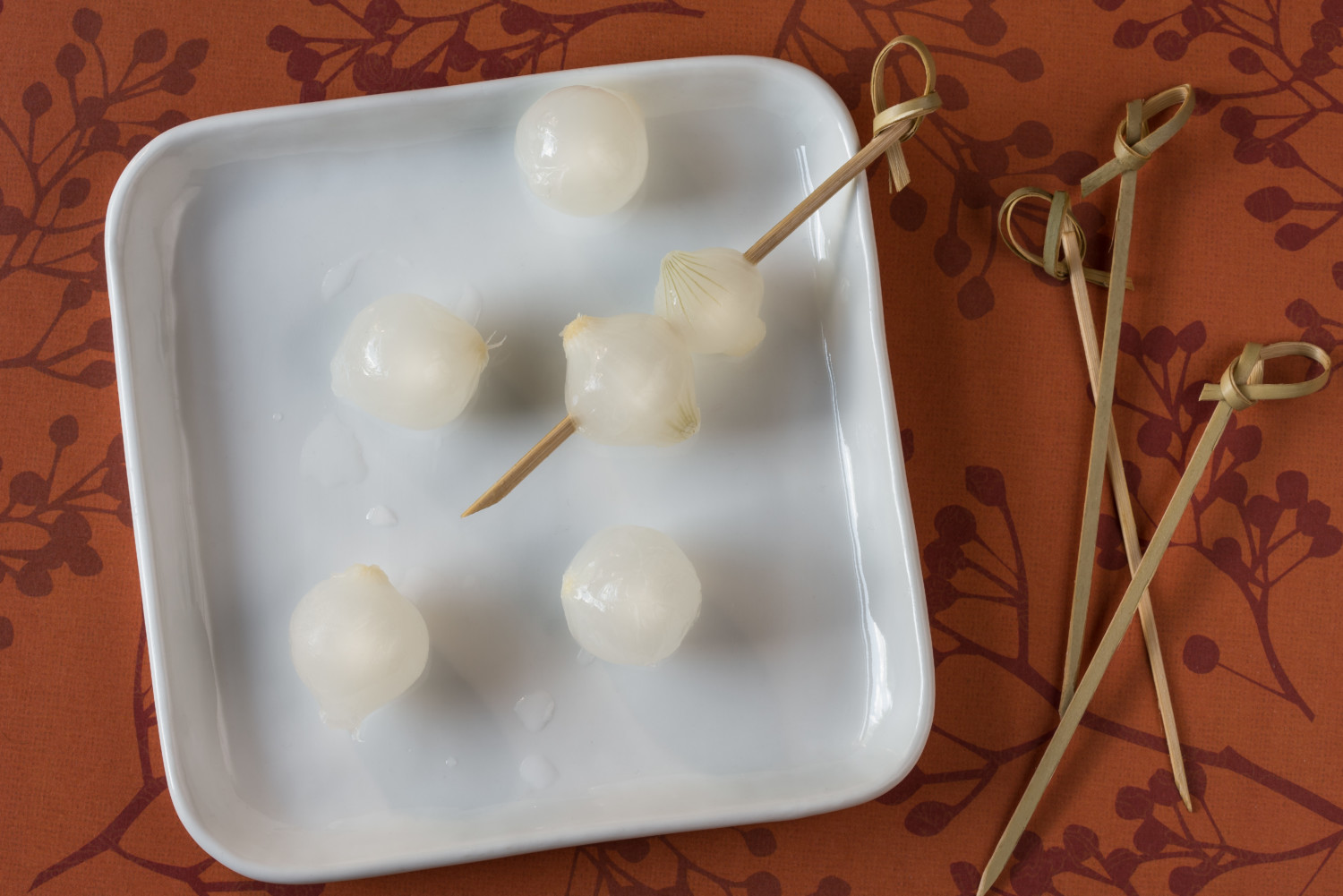
Ramps
Ramps are wild onions with a very short harvest season, making them more costly than other onions. They are one of the earliest vegetables to pop up at the beginning of spring and fans reportedly have “a Gold Rush mentality” about scooping them up before they sell out. With a garlicky taste, ramps are popular choices for pesto and soups, but are also delicious when simply grilled.
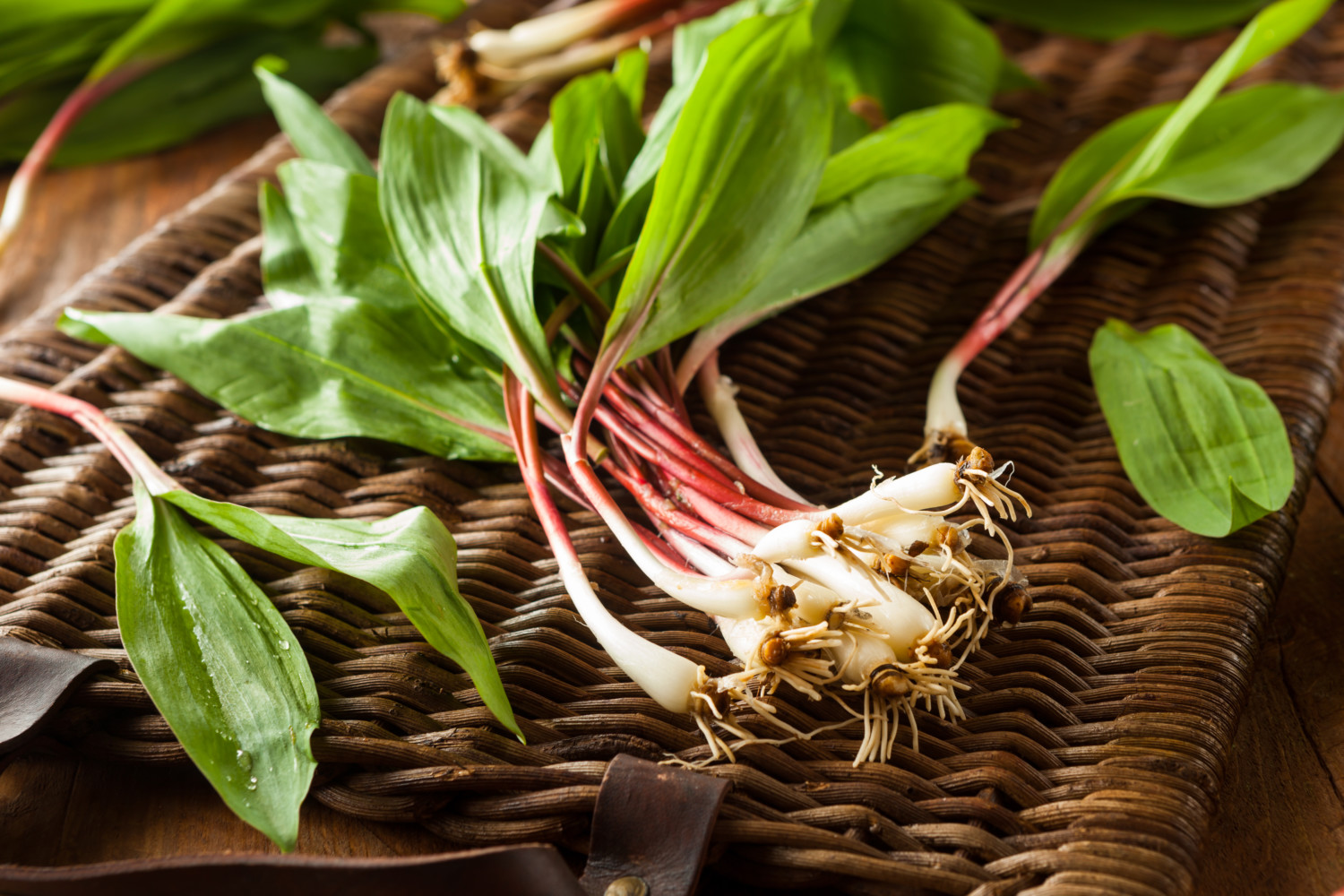
Cipollini Onions
Small and disk-shaped, cipollini onions are extra sweet, making them perfect for caramelizing. They can be roasted for a buttery side dish or sautéed with other vegetables, such as green beans.
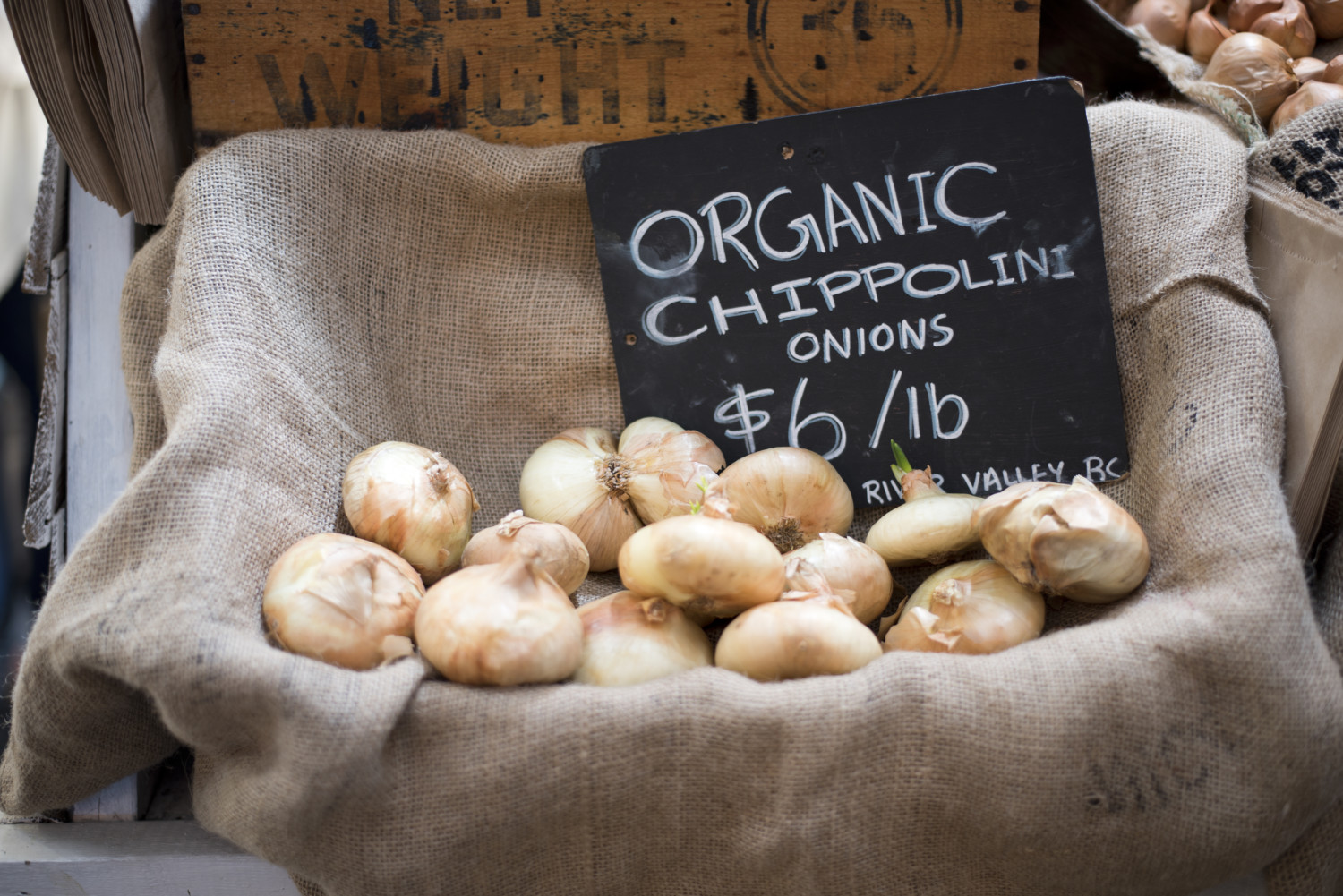
White Onions
Crisp, mild white onions have a sharp taste, but can be eaten raw. They’re a solid choice to top your sandwich or salads, or to garnish Mexican dishes, such as huevos rancheros. White onions are also flavorful when chopped up in guacamole, chutney or salsa.

Red Onions
These deep magenta-colored onions are pungent, crunchy and deliver a spicy kick when raw. They’re best when chopped and added raw to salads or garnishing burgers. If you would prefer your red onions cooked, they pick up balsamic flavor well and are popular as a side dish or in soups. They are also a staple ingredient in Chipotle’s beloved guacamole, which makes it a bit more bold than guac made using white onions.
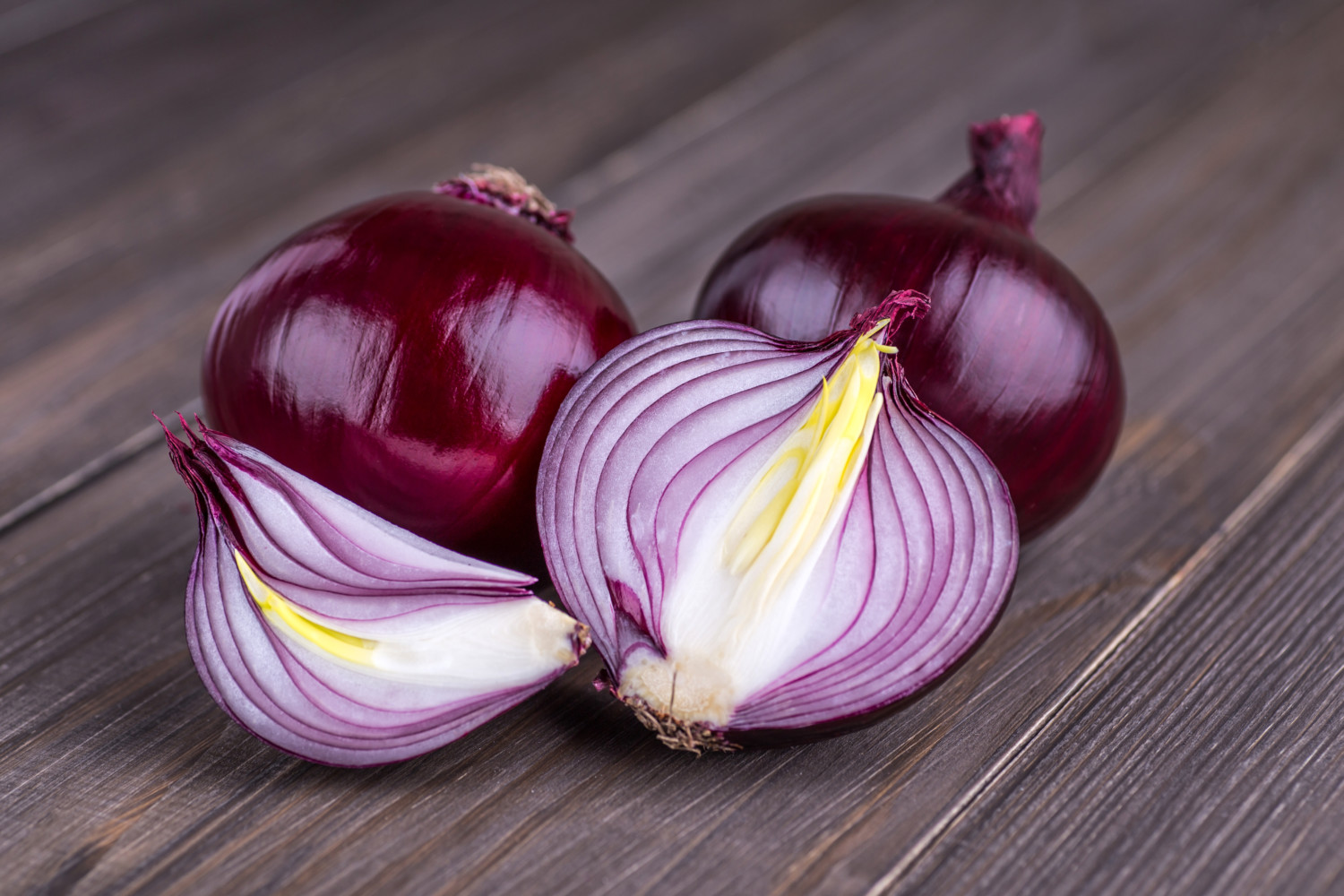
Now that you’re an expert on onion varieties, the good news for us all is that most are cheap and ubiquitous. I dare you to find a cuisine that doesn’t use at least one type!
This story originally appeared on Simplemost. Checkout Simplemost for additional stories.


